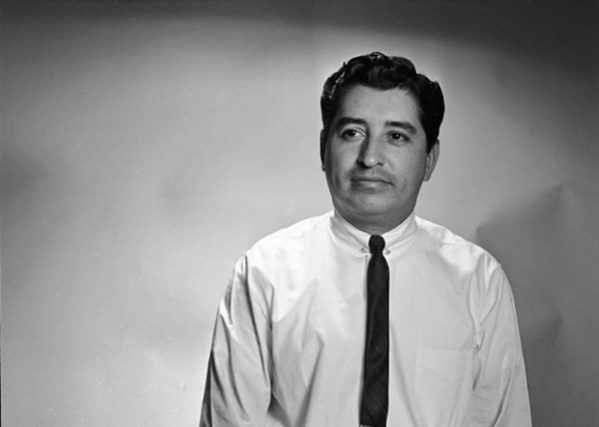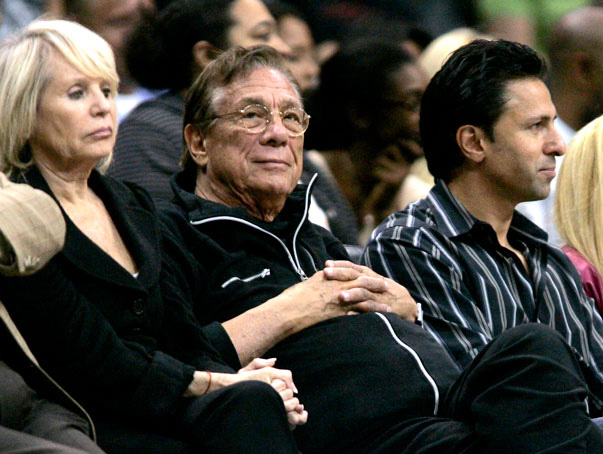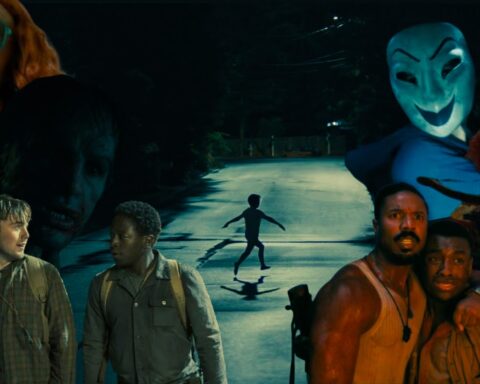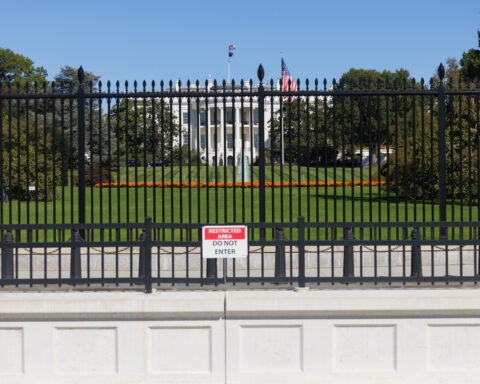By C. Harold Pierce
When Los Angeles Times columnist Ruben Salazar died in 1970, people said he became a martyr for the burgeoning Chicano Civil Rights Movement; a reporter targeted by police because of his articles focusing on border towns and the plight of Mexican-Americans navigating an oppressive white society.
The sole Latino reporter writing for mainstream media at the time, he was warned twice by officers from the L.A. Sheriffs Department to “tone down” his coverage.
Salazar was on assignment covering a protest when a 10-inch-long tear gas canister fired by an LASD deputy sliced through the air and ripped through his skull, killing him instantly.
Police said it was an accident. Protesters cried assassination.
The suspicious circumstances of Salazar’s death form the basis of a new PBS documentary “Ruben Salazar: Man in the Middle” by filmmaker and director Phillip Rodriguez. It premiered at Santa Ana College’s Phillips Hall April 3.
“He was a man engaged in a balancing act in a lot of respects as a pioneer … and held a very unusual position in those days, and was asked to shoulder the burden of a very large and enigmatic beat,” Rodriguez said.
But the reporter lived a life of contradictions.
Salazar’s colleagues discuss in the film how he straddled a career as a reporter covering the Chicano beat, yet lived a seemingly anglicized life.
Born in Ciudad Juarez, Mexico. Salazar came to El Paso, Texas when his family moved north the year after he was born. In 1969 he joined the LA Times as a reporter, married a white woman and moved his family to Santa Ana where his children were raised in Orange County. Salazar lived the Anglo-American dream.
In an interview before the film’s premiere at SAC, Salazar’s daughter, Stephanie Salazar Cook describes her childhood as “very Anglo … very Orange County.”
“We didn’t have a relationship with my father’s side of the family, so we never cultivated the culture. Everything my father has said about Mexican-Americans is that the hyphen takes away both meanings. He didn’t want to be referred to as a Mexican-American journalist, he wanted to be a journalist who happened to be Mexican American,” Stephanie said.
Though he became the symbol of a movement posthumously, Salazar never sought it out. A seasoned war correspondent, Salazar came back from Vietnam as the LA Times’ Mexico City Bureau Chief, a plum job for a reporter. Shortly after he missed a story about violent student protests, Salazar was sent back to L.A. to cover local affairs, eventually leading to coverage of the Chicano Rights Movement.
“He didn’t want to be pegged as a Mexican, but as the Chicano activism kind of ignited, there was no one else who could have reported what would have been considered an important story adequately. He was the man for the job whether he wanted it or not,” Rodriguez said.
The film premieres nationally tomorrow at 6 p.m.
Related Story: Looking Back: Civil Right Leaders
- In Photos: Fiestas Patrias 2025 - September 25, 2025
- The two-party system is failing us. - October 19, 2024
- Read our Fall 2023 Print: Vol. 100 No. 1 - October 23, 2023












